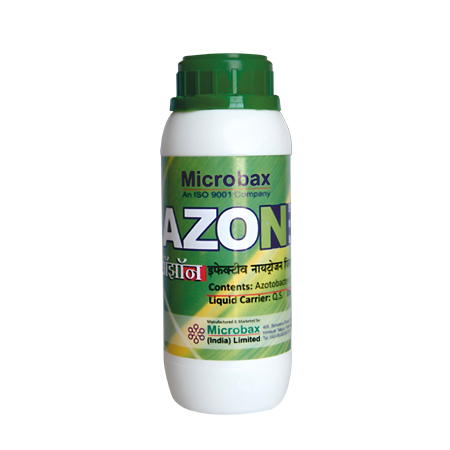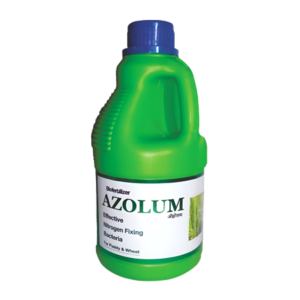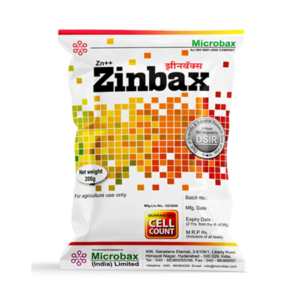Description
How Azon work?
The Azotobacter genus has a wide variety of metabolic abilities, including the unusual ability to fix atmospheric nitrogen by converting it to ammonia. Most nitrogen-fixing bacteria (typically members of the genus Rhizobium) form symbiotic associations with leguminous plants, where they are provided with nutrients by the plant and simultaneously protected from oxygen, which poisons the enzyme required for nitrogen fixation (nitrogenase). Azotobacter is free-living in soil and water and do not form symbioses. So how do they do it? Like other nitrogenases, Azotobacter nitrogenase is oxygen-sensitive, but it is believed that the extremely high respiration rate of Azotobacter (possibly the highest of any living organism) soaks up free oxygen within the cells and protects the nitrogenase. Cell proteins are mineralized in soil after the death of the Azotobacter cells, contributing towards the nitrogen availability of the crop plants.
Azotobacter species are Gram-negative, aerobic soil-dwelling bacteria. There are around six species in the genus, some of which are motile by means of peritrichous flagella, others are not. They are typically polymorphic, i.e. of different sizes and shapes. Their size of the cells ranges from 2-10 µm long and 1-2 µm wide. The isolate shown in the video is non-motile – the motion on the video is due to convection and Brownian motion on the slide. Old cells tend to form thick-walled, optically refractile cysts, which have capsules consisting largely of alginates and other polysaccharides, enhancing their resistance to heat, desiccation and adverse environmental conditions. However, these cysts cannot withstand the extreme temperatures which bacterial endospores can. Under favorable environmental conditions, the cysts germinate and grow as vegetative cells.
Doses
Apply 500ml Azon per acre through drip irrigation. Apply 50ml Azon as a Seed dressing per acre.






Reviews
There are no reviews yet.